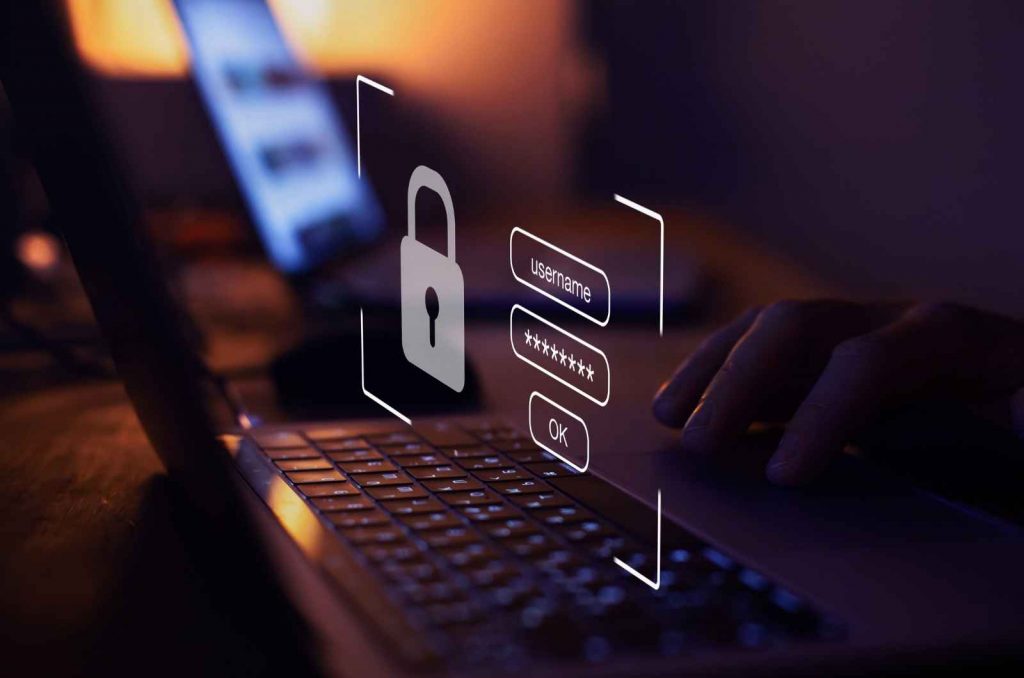
In today's digital landscape, cyber threats are evolving rapidly, and staying ahead of them is crucial. ACID, a proactive cyber defense company, specializes in dark web monitoring and cyber intelligence to help organizations identify and mitigate these threats. By leveraging artificial intelligence (AI) and machine learning (ML), ACID scans various sources continuously to detect potential attacks at their earliest stages. This real-time detection allows businesses to take timely action, ensuring their systems remain secure and their reputations intact. Understanding how ACID utilizes AI and ML can provide valuable insights into modern cyber defense strategies.
What is ACID Proactive Cyber Defense?
ACID Proactive Cyber Defense is a service that specializes in monitoring the dark web and various other sources for potential cyber threats. It operates around the clock, scanning for any signs of attacks even before they happen. By using advanced technologies, ACID can detect the early stages of cyber threats, providing real-time alerts to its clients. This enables you to take prompt action to counteract or mitigate the threats, ensuring business continuity and protecting your reputation. The service includes continuous monitoring, which means threats are tracked as they evolve, allowing for timely updates and adjustments to your defense strategies. Essentially, ACID helps you stay one step ahead of cybercriminals and cyberterrorists, giving you the tools and information needed to safeguard your systems effectively.
How Does ACID Utilize AI and ML?
ACID leverages artificial intelligence (AI) and machine learning (ML) to enhance its cyber threat detection capabilities. By deploying clusters of robots across various platforms, ACID continuously scans for any signs of hostile activity. The advanced AI algorithms analyze vast amounts of data in real-time, identifying patterns and anomalies that could indicate potential threats.
When these algorithms detect suspicious activity, they generate detailed alerts. These alerts are sent to designated targets within your organization, allowing you to take immediate, informed action. The goal is to catch threats at the earliest stage—often during the planning phase—so you can mitigate or even prevent damage.
AI and ML are crucial in this process because they can process and analyze data much faster and more accurately than human analysts. They learn from past data, improving their ability to detect new types of threats over time. This continuous learning and adaptation make ACID's system more effective at identifying and responding to emerging threats.
By utilizing these technologies, ACID provides a proactive defense, helping you stay ahead of cybercriminals and protect your organization's systems, business continuity, and reputation.
Why is Real-Time Threat Detection Important?
Real-time threat detection is crucial in today’s cybersecurity landscape because cybercriminals and cyberterrorists are always searching for new ways to infiltrate systems. By identifying threats as they emerge, you can take immediate action to prevent or mitigate damage. This proactive approach helps maintain business continuity and protects your reputation. With real-time alerts, you can respond to threats at the planning stage, rather than dealing with the consequences of an attack. This reduces downtime, financial loss, and potential data breaches. In a world where cyber threats are constantly evolving, having up-to-date information and the ability to act quickly is essential for effective cybersecurity.
Trends and Threats in Cybersecurity
In the ever-evolving landscape of cybersecurity, staying ahead of emerging trends and threats is crucial. With the growing complexity of digital environments, understanding these challenges helps you better prepare and protect your organization.
Cloud Security
Cloud security continues to be a major concern as more organizations migrate their workloads to the cloud. According to Check Point Software Technologies, a significant number of businesses now use multiple cloud providers. This trend is expected to grow, with many organizations planning to increase their cloud workload considerably. However, Gartner highlights that most cloud security failures are due to user error. Poor governance, compliance issues, and a lack of internal skills contribute to these shortcomings. Ensuring comprehensive cloud security policies and their strict enforcement is essential. Additionally, implementing effective cloud security tools and providing adequate employee training can help mitigate these risks.
Ransomware
Ransomware attacks have become increasingly sophisticated and frequent. Cybercriminals are constantly developing new methods to exploit vulnerabilities, often targeting critical infrastructure and large organizations. The impact of a successful ransomware attack can be devastating, leading to significant financial losses and reputational damage. It's essential to stay informed about the latest ransomware threats and to adopt robust security measures, including regular data backups, employee training on recognizing phishing attempts, and maintaining up-to-date security software.
Internet of Things (IoT)
The proliferation of IoT devices presents another significant security challenge. These devices often have weaker security protocols, making them attractive targets for cybercriminals. Once compromised, IoT devices can be used to launch large-scale attacks or gain unauthorized access to sensitive data. To protect your network, it’s important to ensure that all IoT devices are properly secured with strong passwords, regular firmware updates, and network segmentation to limit potential damage from a breach.
AI and ML in Threat Detection
Artificial intelligence (AI) and machine learning (ML) are playing increasingly important roles in cybersecurity. These technologies can analyze vast amounts of data quickly, identifying patterns and anomalies that may indicate a cyber threat. By leveraging AI and ML, you can enhance your threat detection capabilities, enabling faster and more accurate responses to potential attacks. This proactive approach helps in identifying threats at their early stages, allowing you to take preemptive action and minimize potential damage.
Understanding these trends and threats is key to developing a resilient cybersecurity strategy. By staying informed and adopting proactive measures, you can better protect your organization from the evolving landscape of cyber threats.
In conclusion, ACID leverages artificial intelligence and machine learning to proactively identify cyber threats by scanning the dark web and other sources continuously. This real-time monitoring helps organizations detect potential attacks at their planning stages, allowing for early intervention and mitigation. By staying ahead of trends and threats in cybersecurity, such as cloud security, ransomware, IoT, and the evolving use of AI and ML, ACID provides a critical layer of defense. This proactive approach supports business continuity and protects your reputation, ensuring you stay one step ahead of cybercriminals.
click here for more info: https://www.acid-tech.com/
